Flooring and the 7 Elements of Interior Design
If you are not sure where to start when it comes to home flooring, read about the 7 elements of interior design and how they can serve as inspiration for your new floor.
Choosing flooring or carpet for your home can seem like a daunting task. If you’re feeling overwhelmed or just uninspired when it comes to your home flooring, don’t worry – you’re not alone!
One great way to start your flooring and carpet journey is by considering the 7 elements of interior design. The Virgin Carpets and Flooring team has made it easy and put them all in one handy guide. Once you grasp these basics of design, you can make a more informed decision on your carpet or flooring!
1. Color
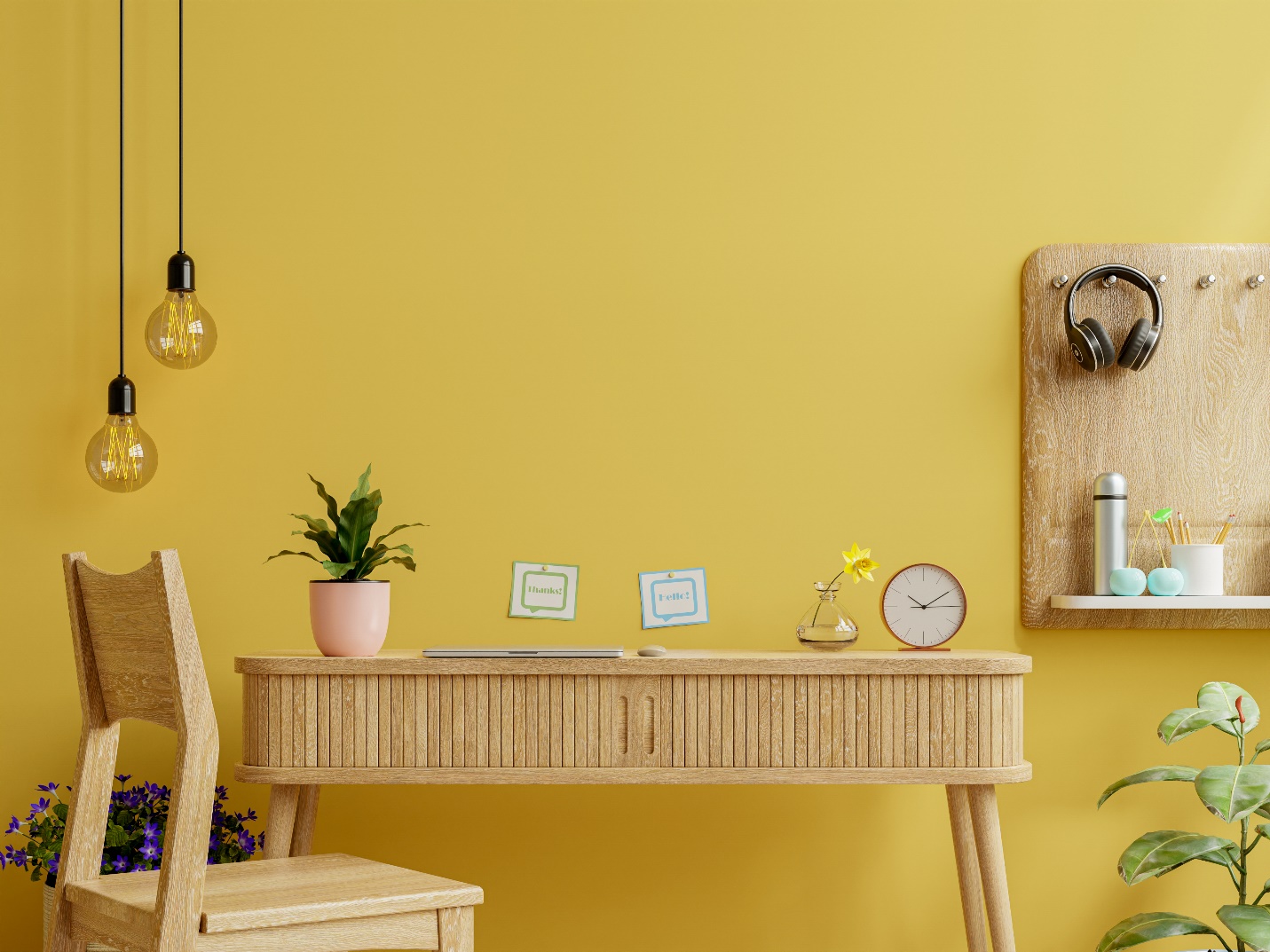
One of the most significant decisions you’ll make when picking your floor is color, since it may have the most impact on the overall appearance and feel of your room.
Choosing a color entails more than simply selecting your favorite shade; you must also consider the tone, intensity, and saturation of the color. For example, a light blue carpet might be perfect for a nursery, while a dark blue carpet would be better suited for a home office.
Finding Inspiration
If you are not sure where to start with color, try looking for ideas from various sources such as magazines, nature, or art.
You can also think about the mood you want to create in each room and choose colors that will help achieve that.
For example, if you want a cozy and inviting living room, choosing a carpet or floor with warm tones like tan, red, or orange could be a good choice.
On the other hand, if you want a bright and airy kitchen, you might choose a floor with cooler tones like blue or green.
Learning About Color Theory
When selecting flooring, it’s beneficial to understand a little bit about color theory. This will help you create an interior design that is both visually appealing and balanced.
A color wheel can be used to find colors that complement each other. Blues and oranges are a common example of complementary colors that exists opposite each other on the color wheel. Home décor featuring bright oranges would offer nice visual contrast against a cool-toned hardwood floor or blue ceramic tiles.
You might also opt for a monochromatic look in your living space, which uses various shades and tones of the same color. This can create a very elegant and sophisticated look. With a monochromatic look, make sure to use contrast (light against dark. to add interest and dimension to the space. For instance, you might pair dark brown cabinets with a blond wood floor.
Keep it Neutral
You can always go for neutral tones if you’re nervous about making a massive commitment to the color of your floor. Neutrals like white, black, or gray can be used as a base for your design and then accented with pops of color. This is a great way to experiment with color without feeling overwhelmed!
Today, neutral flooring and carpet is by far the most popular choice, because they can easily be incorporated into any design style.
2. Texture
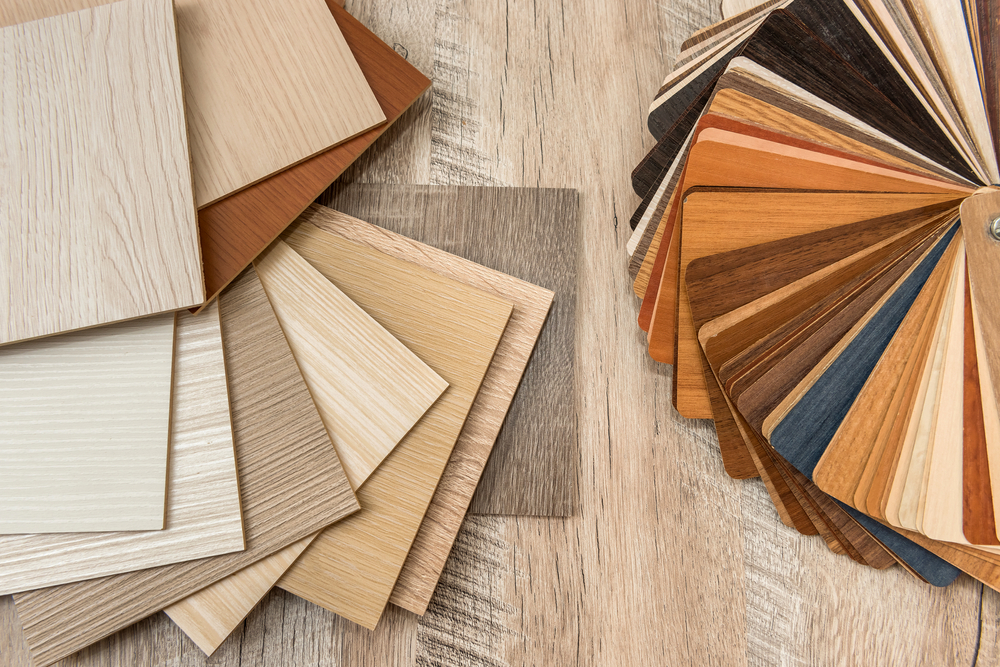
In addition to color, the texture is another important element of interior design. Texture refers to the way a surface literally feels when it is touched or the sense of visual texture that is created by the object. But how does texture apply to flooring? In more ways than you may realize!
Grain Pattern
Hardwood and vinyl flooring have grain patterns that can be felt and seen, and the difference in these patterns can create different visual and tactile textures.
For example, a floor with a tight grain pattern will have a smoother feel, while a wood floor with a wider grain pattern will have more of a rough texture. If you are trying to go for a more rustic look, a wider grain pattern might be the way to go. A tight, subtle grain pattern can give your space a more refined, modern look.
Carpet Pile
A carpet pile is the height of the fibers, and it too can create different textures. A high-piled rug might make a room feel cozy and inviting, while a low-piled or smooth flooring could create a sleeker and more modern look.
3. Form
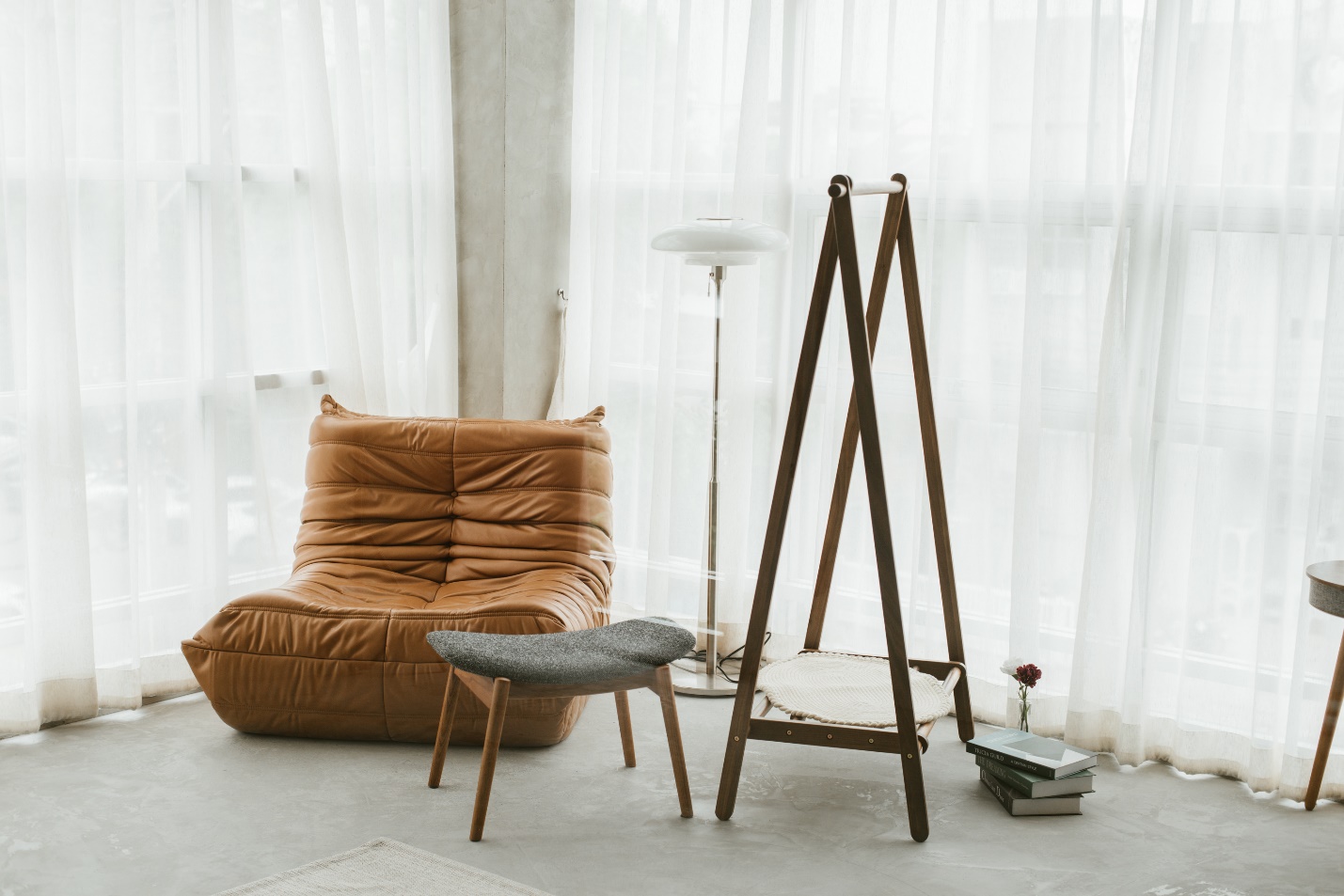
Form refers to the overall shape of an object. In terms of flooring and carpet, this might refer to the shape of each individual tile, plank, or piece of carpet. But how can the form of your flooring influence the look and feel of your home?
If you want your space to feel larger and more open, thin and long hardwood planks could do the trick. On the other hand, smaller tiles might make the space feel more intimate.
If you want to make a bold statement, large format tiles or an oversized rug could be the way to go. Just keep in mind that form also applies to furniture and décor, so be sure to consider how everything will work together before making any final decisions.
Carpet that is cut into geometric shapes could create a fun and playful atmosphere, while carpet with organic shapes might be more calming and serene.
In general, choose a form that complements the other elements in your design. For example, if you have angular furniture, you might want to consider softening the look with an organically shaped carpet.
4. Light
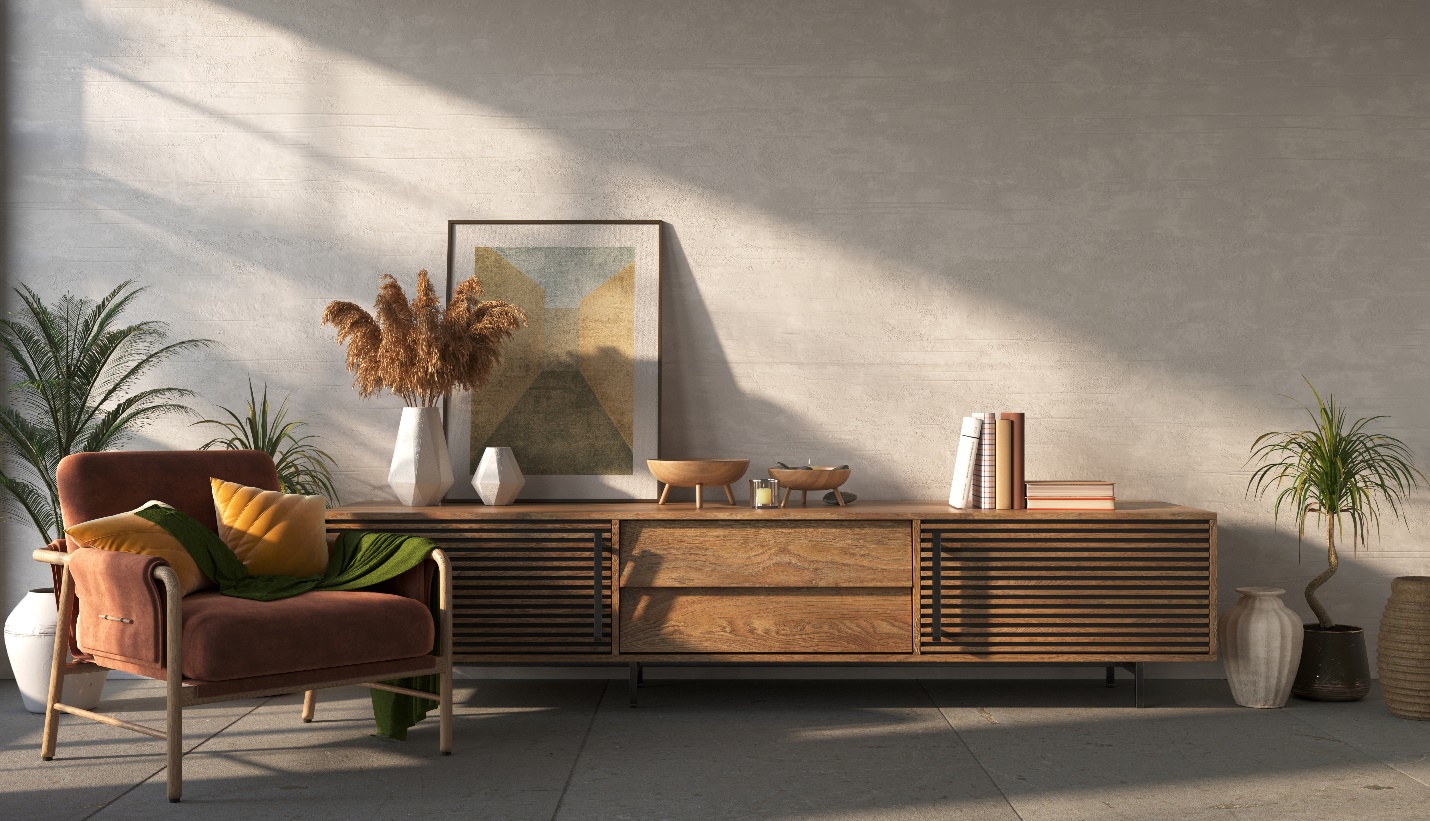
When choosing your flooring, keep in mind how the light will hit the surface. For instance, dark floors will absorb light while lighter floors will reflect it. This is something to consider if you want to make a small space appear larger or brighter.
For instance, a dark floor in a small room might make the space feel more intimate, while a light floor could make it feel more open and airier. If you have a lot of natural light in your home, dark floors might be the way to go to create a sense of coziness.
On the other hand, if you want a bright and airy space, light floors are probably your best bet. Just remember that light floors will show dirt and scratches more easily, so they might require a bit more upkeep.
5. Line
The line is the path that your eyes take when they move around a space. In terms of flooring, this might refer to the direction of the grain pattern or the shape of the tiles.
For instance, if you want to make a small space appear larger, you might want to consider laying the flooring in a horizontal direction. This will create the illusion of a wider space.
On the other hand, if you want to make a tall space feel more intimate, you might want to lay the flooring in a vertical direction. This will make the space feel taller and narrower.
You can also use lines to create different visual effects in your home. For example, you could use a zig-zag pattern to create a more playful look, or you could use a straight, linear pattern to create a more modern look.
6. Pattern
A design pattern is a set of recurring designs, lines, or other design elements. The overall design of the flooring is known as the pattern. This might refer to the shape of the tiles, the direction of the grain, or the carpet pile.
For instance, if you want a more rustic look, you might want to consider a wood floor with a wider grain pattern. If you want a more refined look, you might want to choose a wood floor with a tighter grain pattern.
Carpet can also be used to create different patterns in your home. For instance, you could use a geometric pattern to create a more modern look, or you could use an organic pattern to create a to choose a pattern that complements the other elements in your design. ***
7. Space
The final element to consider is space. This refers to the amount of negative or positive space in a design. Negative space is the empty space around and between the objects in a design, while positive space is the area occupied by the objects themselves.
In terms of flooring, you might consider how much negative space you want around your flooring. For example, if you have a kitchen with an island in the middle, you might want to leave some negative space around the edges of the room so that it doesn’t feel too crowded.
You can also use flooring to create positive space, such as using a rug to define a seating area in a living room. By considering space, you can ensure that your flooring works well with the rest of your design.
Bottom Line from the Virgin Carpets and Flooring Team
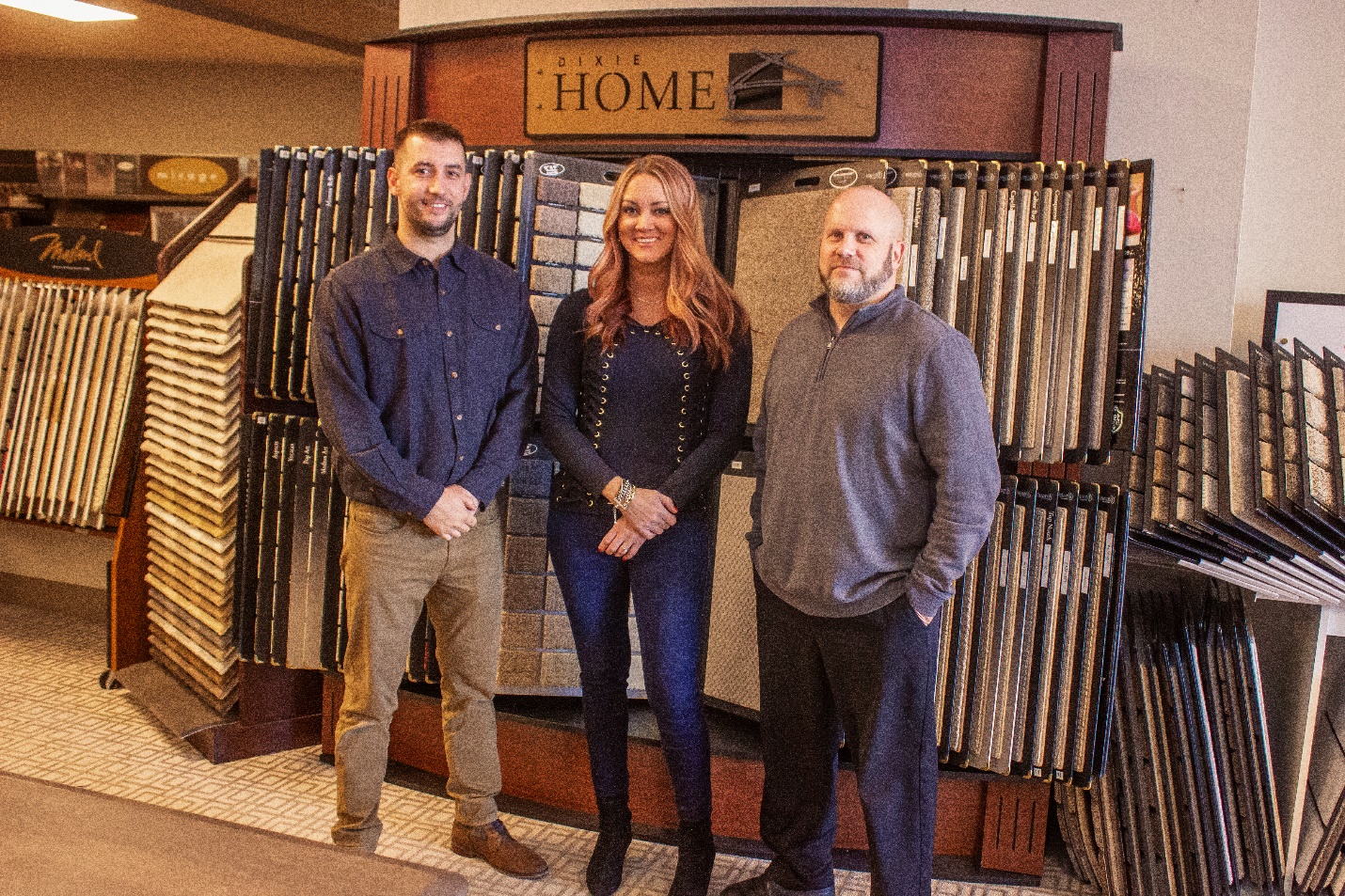
Flooring is an important element of interior design and can be used to create different looks. When choosing flooring, keep in mind the other elements of design, such as color, texture, and space. With a little attention to detail, you can use flooring to create a beautiful and inviting home.
If you need help choosing the right flooring for your home, contact a flooring specialist at Virgin Carpets and Flooring today. We can help you select the perfect option for your space and style.
Contact us for all your needs at 412-653-3424 or message us online. We’d love to hear from you!

